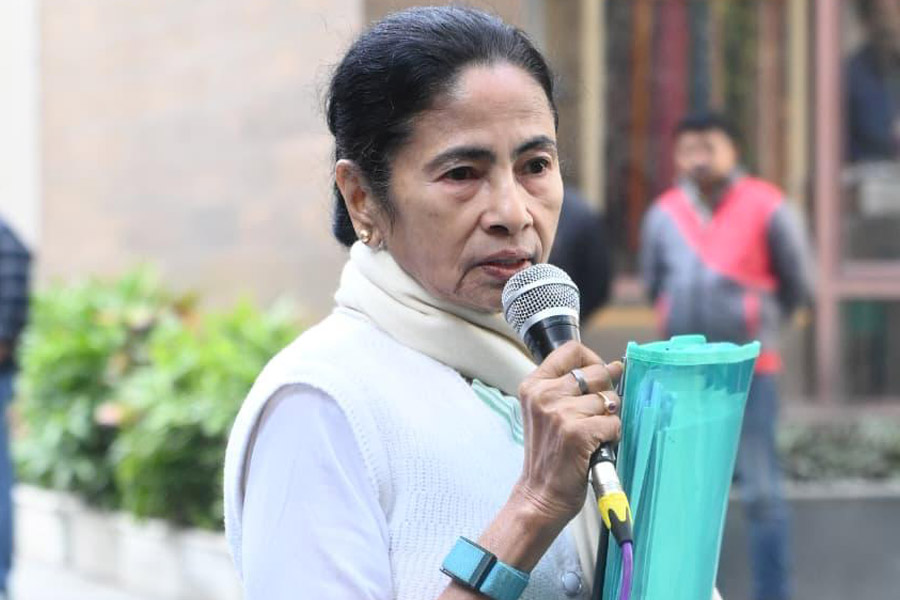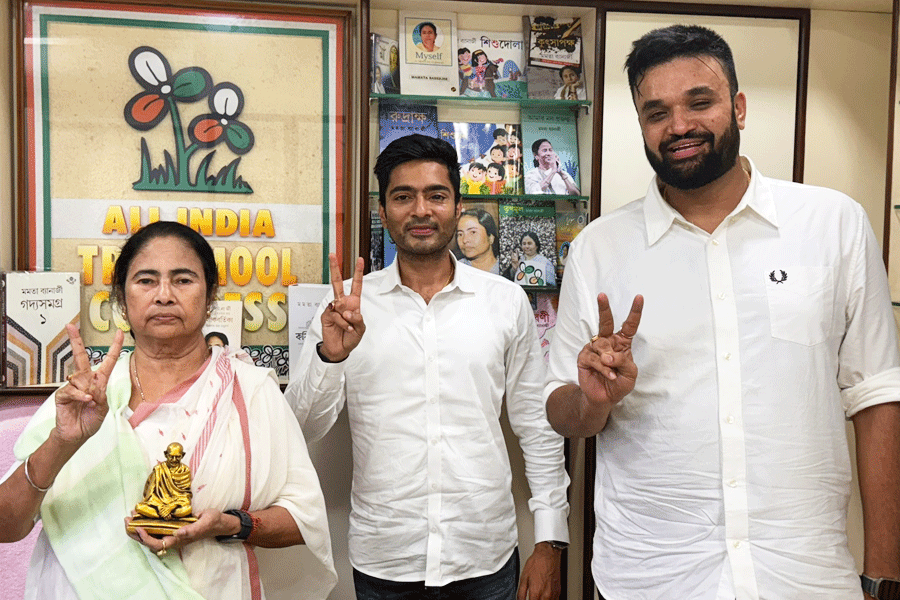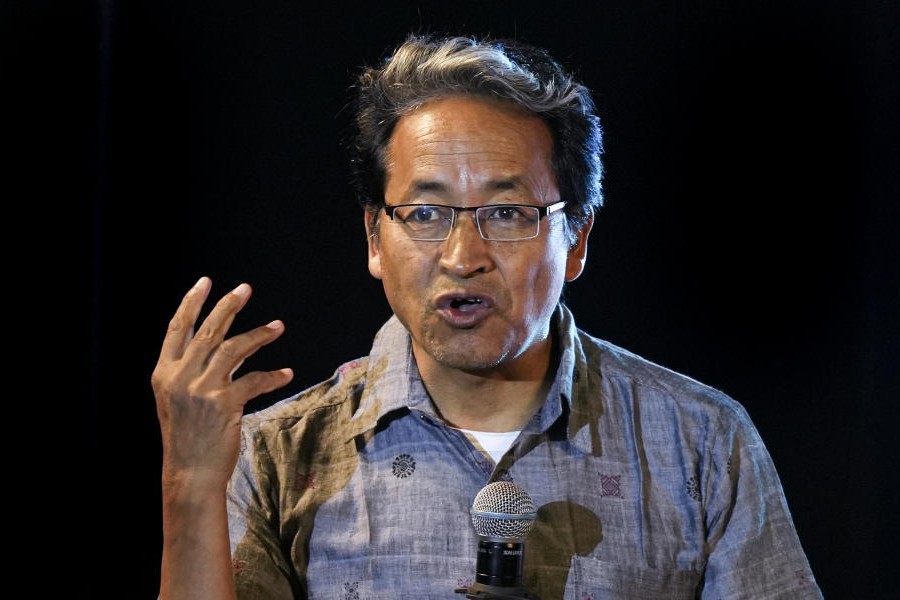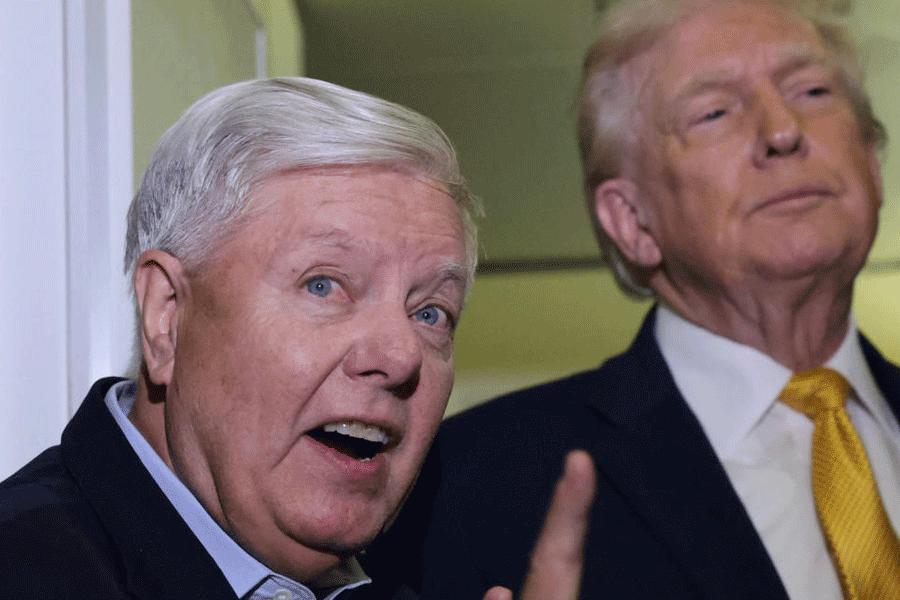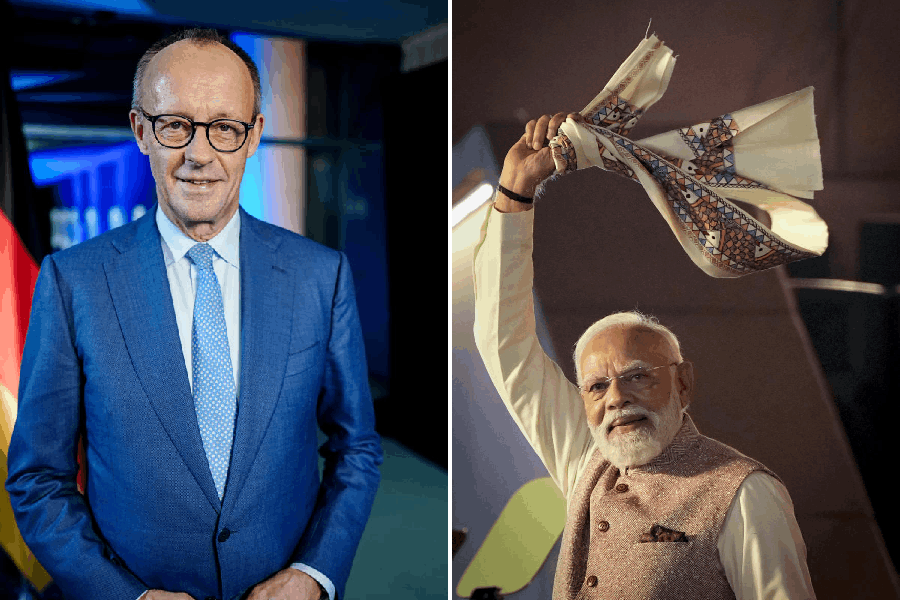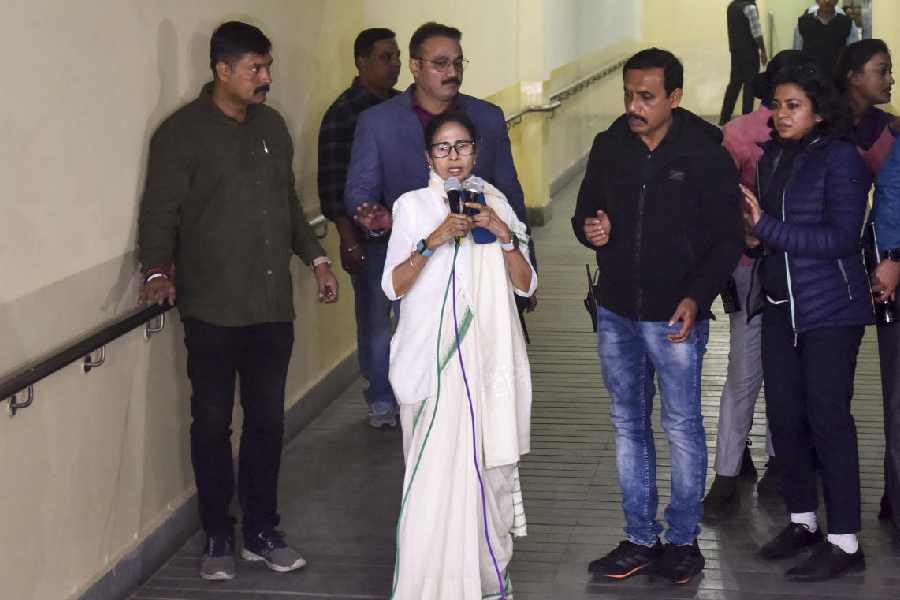|
|
| Through the back channels |
One man stood out amidst the striped suits, the bandhgalas and the Pakistani military?s regalia in Hyderabad House. He was the only person in an open collar ? not even a jacket ? among all the nattily dressed bureaucrats and diplomats from both India and Pakistan during the Manmohan Singh-Pervez Musharraf summit. The national security adviser, M.K. Narayanan, also nearly wrecked the summit, more or less on the same lines that L.K. Advani is accused of having wrecked the Agra summit in 2001. Narayanan?s uncompromising insistence on a reference to terrorism in Monday?s joint communiqu? on Musharraf?s talks with Indian leaders meant, for some tense hours on Sunday, that there would be no joint communiqu?. It would have cast a long shadow on the General?s visit to New Delhi ? which the world now assumes will be a turning point in south Asia?s history. But Narayanan, typically for a man who has spent his entire professional life as a spook, refused to budge.
In the end, Pakistan has agreed to paragraph 4 of the joint statement, which makes references to the India-Pakistan joint statement of January 6, 2004 in Islamabad and its follow-up in New York on September 24, 2004. The operative part of that statement read: ?President Musharraf reassured prime minister Vajpayee that he will not permit any territory under Pakistan?s control to be used to support terrorism in any manner.?
In one sentence in paragraph 4, India linked ?satisfaction on the progress in the peace process and the improvement of relations between the two countries that has since been realized? to that commitment by Musharraf to Vajpayee not to ?permit any territory under Pakistan?s control? ? meaning Pakistan?s soil and the part of Kashmir it occupies ? to be used as a staging post for cross-border terrorism.
Before Manmohan Singh had his first meeting in New York with Musharraf, Narayanan?s predecessor, J.N. Dixit, and his Pakistani counterpart, Tariq Aziz, had agreed during one of their four secret meetings that a reiteration of this commitment would be implicit in the September 24 joint statement. Dixit?s attitude made common sense: why rub Musharraf?s face in the dirt, when the objectives of such an action can be achieved without doing so. Thus, it was agreed during the preparatory stages of the September joint communiqu? that the two sides would merely refer to Musharraf?s January commitment without spelling out what he said.
In New Delhi, during the last weekend, Pakistani officials tried to sweet-talk their Indian counterparts into dropping any reference to the January document. They argued that the two sides, after all, were making progress on Kashmir: why bring up the distasteful matter of terrorism and spoil the atmosphere? This argument found many takers on the Indian side. The Pakistanis were counting on Dixit?s absence in New Delhi, but Narayanan proved to be an equal match for the Pakistanis as the new national security adviser.
It is necessary to dwell on this behind-the-scenes episode during the just-concluded summit because it is an indication of what is to come in the months ahead. Narayanan insisted on the implicit references to Pakistan-sponsored terrorism in Monday?s joint statement because he knows that the next logical step to the Singh-Musharraf talks is a revival of the winter 2000 cessation of armed action against militants in Jammu and Kashmir that paved the way for Musharraf?s visit to Agra half a year later.
If such a cessation of action by Indian security forces against militants is to go into force, it will be fraught with grave risks ? risks which may be worth taking if the final prize is peace and a resolution of disputes with Pakistan. But if the risks prove too much, and if the plan does not work, Narayanan, who has life-long experience of intelligence quagmires associated with such initiatives, does not want Pakistan to be absolved of its responsibilities for having sponsored cross-border terrorism, wreaked havoc in Jammu and Kashmir and caused considerable problems elsewhere in India for two decades.
The New Delhi summit took place especially at a time when Narayanan did not have to be reminded, if at all, about Pakistan?s continuing potential for cross-border terrorism. Only a few weeks ago, preparatory to the visit of the American secretary of state, Condoleezza Rice, he had comprehensively reviewed details of terrorist training camps that still operate inside Pakistan. According to Indian intelligence officials in New Delhi who have gathered intricate details ? including photographs ? of those camps recently, 52 of those continue to be run inside Pakistan.
Narayanan?s dilemma is one of many that India?s decision-makers will face as a result of the forward movement in India-Pakistan peace initiatives. The proposal to hand over Mohammed Ali Jinnah?s house in Mumbai to re-open Pakistan?s consulate in that city is one, for instance, that will be opposed vigorously by many officials in the Indian government: in the intelligence agencies, in the home ministry and in South Block. Jinnah?s house has the potential for becoming a Pakistani shrine in India for a man who was responsible for Partition, something akin to Birla House in New Delhi, where Gandhiji was killed, or the Mahatma?s Sabarmati Ashram.
For Musharraf, it is a supreme irony that as a result of his meeting with Singh, he has taken India-Pakistan peace efforts exactly back to where Atal Bihari Vajpayee started a bold peace initiative with his then counterpart across the border, Nawaz Sharif. The man who wrecked that initiative was none other than Musharraf. After Vajpayee?s bus journey to Lahore in 1999, the plan was that Pakistan would stop its sponsorship of violence in Jammu and Kashmir. In return, India would scale down its security presence in the state. Six years later, Narayanan last week proposed just that.
Returning from Lahore, officials who had worked with Vajpayee on the bus trip had detailed to this writer ? and others who covered the then prime minister?s journey ? their hopes for a settlement of the Kashmir dispute and other outstanding problems with Pakistan. The ideas that have come out of the latest India-Pakistan summit are exactly the same as those discussed in Lahore. One fundamental difference is that in 1999, no Pakistani leader could discuss such ideas in public, much less acknowledge that these were discussed with Indians. Before leaving New Delhi, Musharraf broke protocol and went to Vajpayee?s house to call on the former prime minister. It was an eloquent tribute to the man who started the peace talks with Pakistan from the General who resoundingly wrecked it then, but who has now decided to pick up the threads of peace exactly from where Vajpayee left them off six years ago.
If it were not for the September 11, 2001 attacks against the United States of America and the transformation that the Americans have thrust on Pakistan since then, it would still not have been possible for Musharraf ? or anyone else in power in Pakistan ? to discuss openly all that the General discussed in India during his visit.
A heavy load now rests on the prime minister for pushing forward what he has undertaken to do jointly with Musharraf. It is an open secret among those who practise diplomacy in New Delhi that Singh?s cabinet colleagues who deal with foreign policy tried to sabotage his summit with Musharraf more than once, not by opposing it openly, but by their inaction. It is to the credit of the prime minister and a tribute to his ability to cut through bureaucratic and systemic impediments that he managed to pull off the meeting with Musharraf with a reasonable degree of success.
He did this by using a back channel: S.K. Lambah, his special envoy on Pakistan, a veteran in dealing with Islamabad during his long years as an Indian diplomat. The lesson to be drawn from this experience is that if solutions are to be found to disputes between India and Pakistan, the spadework has to be done through back channels and not through normal diplomatic activity. And that spadework has to be vetted and approved by someone like Narayanan, who, because of his training and instinct, will approach anything done with Pakistan with suspicion and premonitions of a conspiracy.
The hope for India-Pakistan peace at this juncture is that it is a far cry from the gooey sentimentalism promoted by a powerful constituency in New Delhi, made up of those who migrated from what is now Pakistan and still dream of what it was like in Lahore before Partition.



